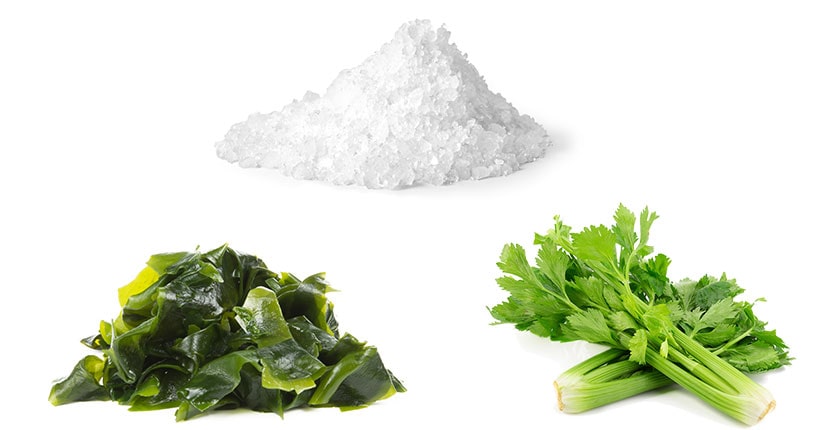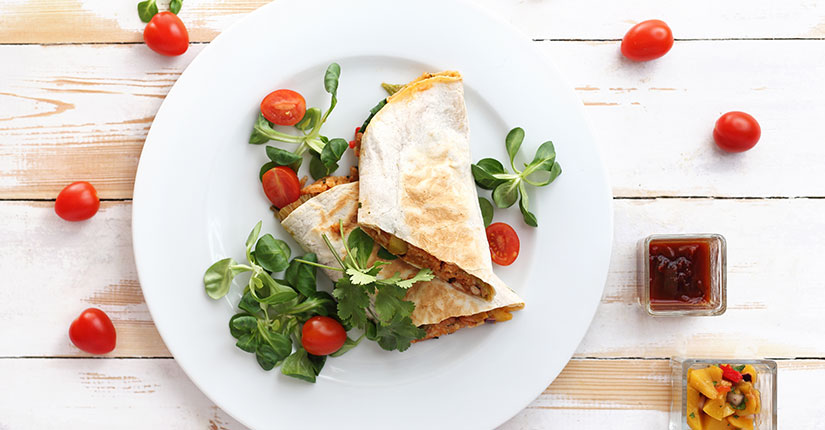Ayurvedic Cooking: Everything You Need to Know
By Nmami Life Editorial 30-Jul 2021 Reading Time: 6 Mins

Well, who does not know that Ayurveda is one of the ancient systems of medicine? Be it food, health tips and mental or physical fitness, Ayurveda is an accurate science for life. It is not only responsible for making us healthy with natural tactics but also makes our diseases at bay. Ayurvedic techniques are vibrant and realise the full human potential and it firmly accepts as true that upright health starts with proper metabolism of food and cooking techniques. Healthy cooking is the first and foremost belief of Ayurveda and it mainly focuses on basic cooking of food which is somehow distinctive from the natural cooking techniques. As we all are a part of nature, this old school system defines three basic energies that are necessary for our inner and outer environment- Vata (wind), Pitta (fire) and Kapha (earth). Ayurveda is one such approach that is different for different people and it mainly believes that one size can never fit all. There are various techniques and methods that Ayurvedic cooking follows to give us perfect health and well-being.
Ayurvedic cooking and its objectives
Ayurvedic cooking is both an art and a science. It not only incorporates different techniques but also gives a different perspective on cooking. Ayurvedic foods and cooking not only incorporate aromatic, flavourful and fancy things but they also include ingredients in their cooking that are appetising to health and give a healing effect when served. The main objectives of Ayurveda are to prepare the food that helps in cleaning the unwanted toxins of the body while making it clean and healthy.
We have listed the basic principles of Ayurvedic cooking below. If you too want to soothe your mind and body naturally then don’t forget to take the key points from the following:
- Ayurveda majorly focuses on the five elements named- the three doshas; the three Gunas; the seven dhatus and the six tastes. Ayurveda always integrates the process of cooking, digestion and nutrition so that people can get a healthy body while extracting the maximum nutrition.
- Ayurvedic cooking majorly focuses on vegetarianism. It recommends that vegetables should be eaten cooked rather than raw because cooking improves digestion and gives proper vitamins and minerals.
- According to Ayurveda, the taste of food is extremely important and can relieve the overall senses and well being. As every taste has an effect and all the tastes like sweet, sour, salty, bitter, astringent and pungent should combine together properly for a balanced diet.
- Eating fresh food is one of the major principles of Ayurvedic cooking. It says that processed and long preserved foods are of no use and also lack energy and various nutrients. Ayurveda is against eating leftovers.
Ayurvedic pantry staples
Ayurvedic cooking is very specific and follows every detail in cooking its food. Ayurvedic cooking says that replacing high-quality cooking oils like canola oil, vegetable oil, or peanut oil, from desi ghee is the first step towards a healthy you. Ghee not only gives you energy but it is also easier for the body to digest it than the chemical-rich oils. Replacing oil will save you from unwanted obesity, cholesterol, and several other diseases.
Cooking according to your dosha
There are three types of doshas in Ayurveda: ‘Vata Comprises air and space, ‘Pitta’ comprises fire and water, and ‘Kapha’ includes water and earth.
Ayurveda suggests cooking according to your dosha. For example, if you are a pitta then you should cook and eat cooling foods and spices because it helps in balancing out the fiery nature you carry. Vatas should preferably consume warm foods. And for kaphas, foods which are light, warm, and dry work best.
There’s another all-star ingredient that always is included in the ayurvedic pantry and they are turmeric, ginger and cardamom. These spices have anti-inflammatory effects and are a must while cooking according to Ayurveda.


















